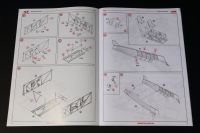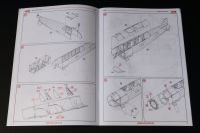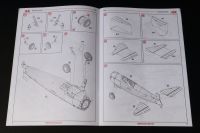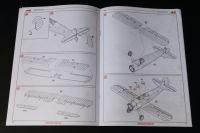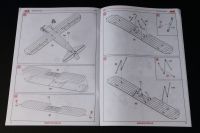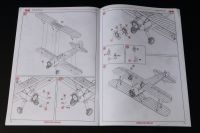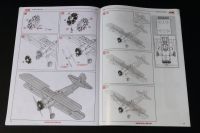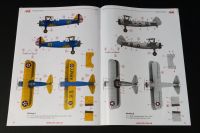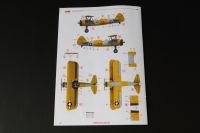ICM | 32050: Stearman PT-17/N2S-3 Kaydet
Reviewed by Iain Ogilvie

History
The Stearman (Boeing) Model 75 is one of the most well known training aircraft of all time. At least 10,626 were built in the United States during the 1930s and 1940. Stearman Aircraft became a subsidiary of Boeing in 1934.
Widely known as the Stearman, Boeing Stearman or Kaydet, it served as a primary trainer for the United States Army Air Forces, the United States Navy (as the NS and N2S), and with the Royal Canadian Air Force as the Kaydet throughout World War II.
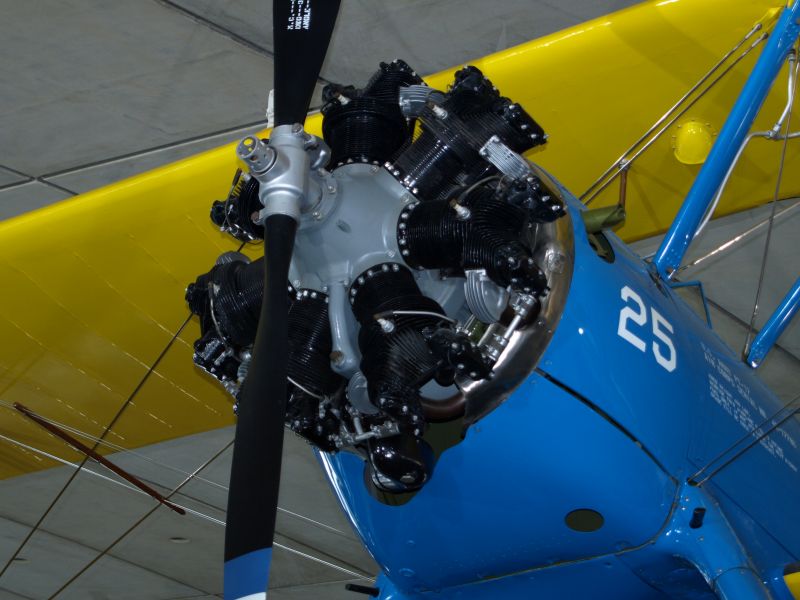
This new release from ICM represents the PT-17/N2S-3 variant of the design, powered by the Continental R-670-5 engine: ICM list the Lycoming R-680 powered PT-13 as a future release.
The Kit
I've always liked the look of the Stearman - probably a result of building the old Revell 1:72 kit back in the '70's. It's always had a sturdy and reliable look to it - and to this day we get a pair of wing walk Stearmans over our house on a regular basis, transiting to air displays in the summer season.
We've had to wait some time to see this subject realised as injection-moulded kits - but, just like London buses, we get two at once: this kit and the recently released Roden kit. I don't have a copy of the Roden kit, so cannot make a direct comparison - this review will focus purely on the ICM release.
ICM have been getting a rather good reputation for their 1:32 aircraft subjects released in the last few years and this kit certainly builds on that in my opinion!
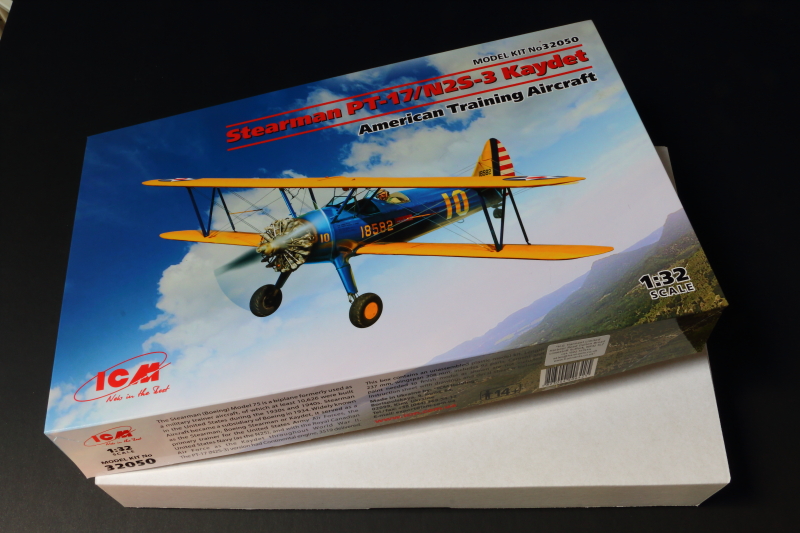
Once again - we get some eye-catching box art, wrapping a sturdy package...
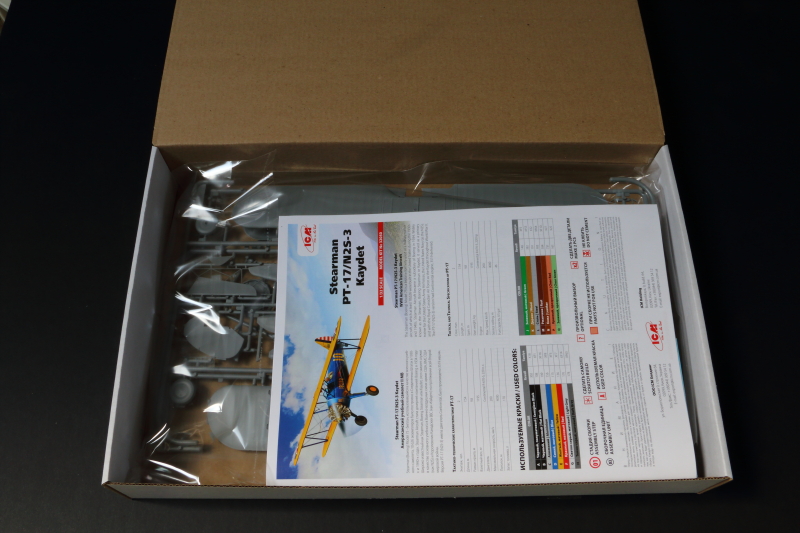
So, what's in the box?
Fuselage - Sprue A
Very cleanly moulded in grey styrene, these parts feature a delightful mix of raised and recessed details:
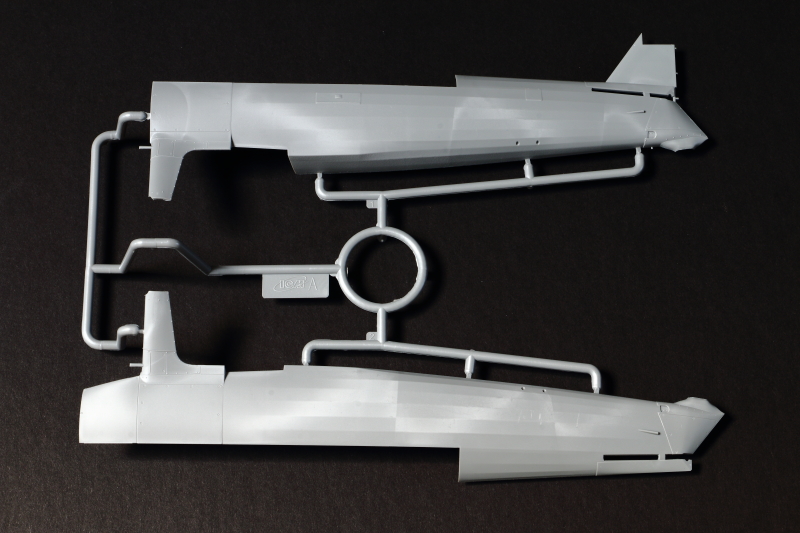
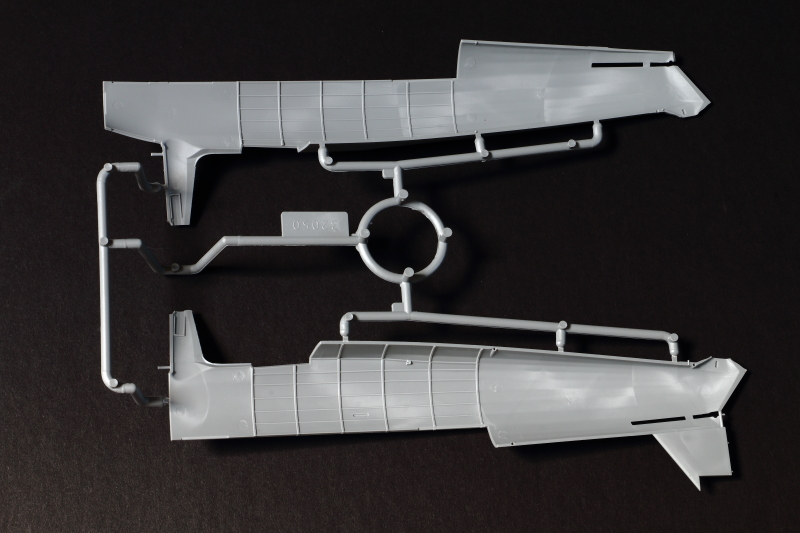
Upper Wings and Tail - Sprue B
Again - superbly done, with a subtle yet effective fabric effect, I'll let the photos do the talking:

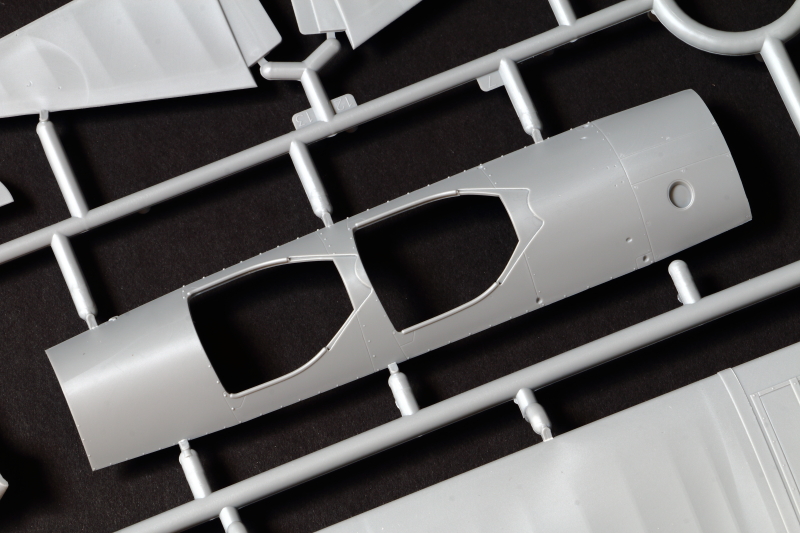
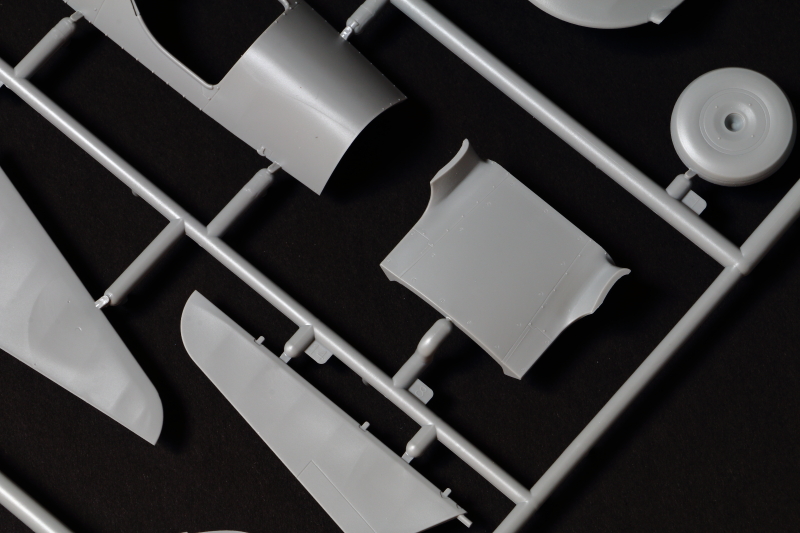
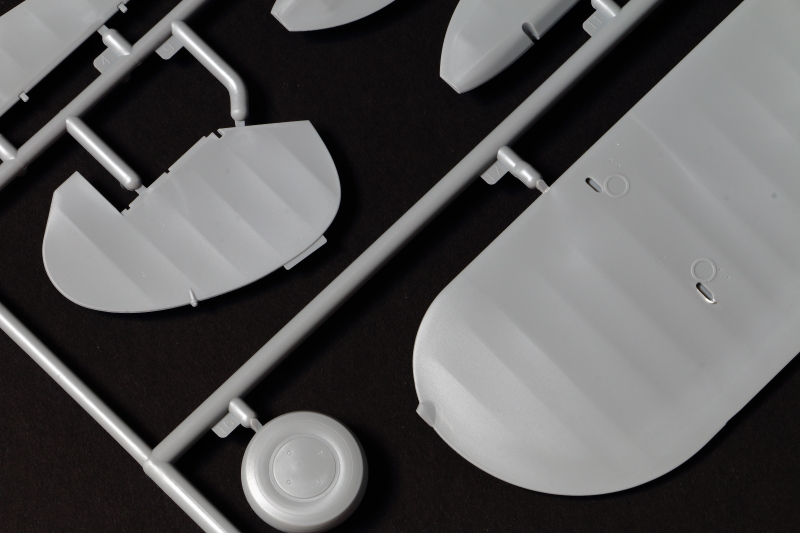
Lower Wings and Cockpit Interior - Sprue C
Again, more of the same quality. The kit features a full interior - the only noticeable omission being the seat straps, but I'm sure many modellers will look to dress the area up a little. The kit includes optional propellers which is always welcomed and details for the applicable markings options are stipulated in the instructions.
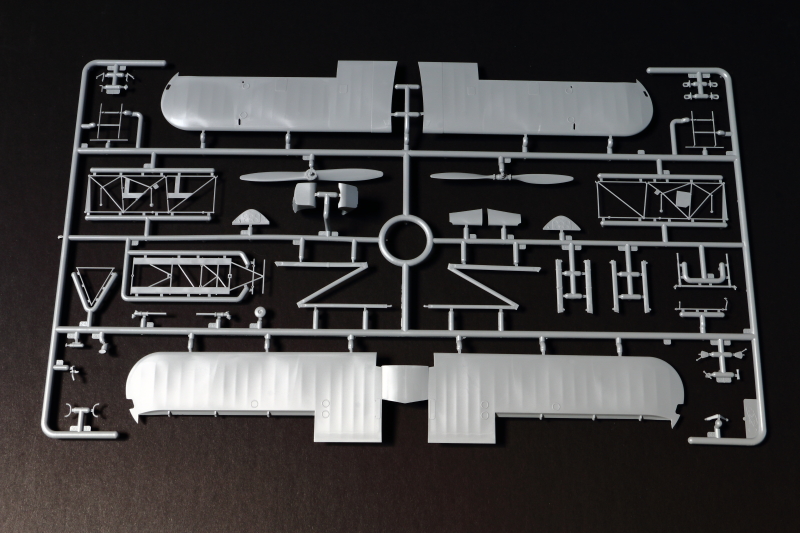
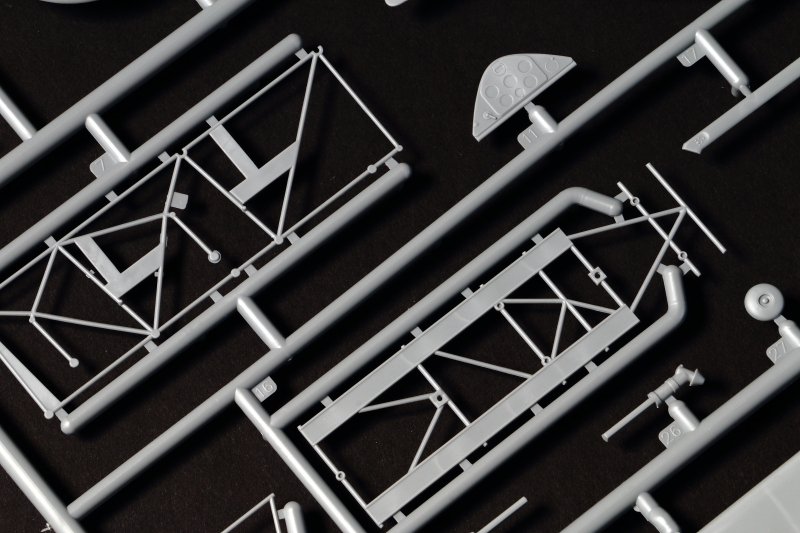
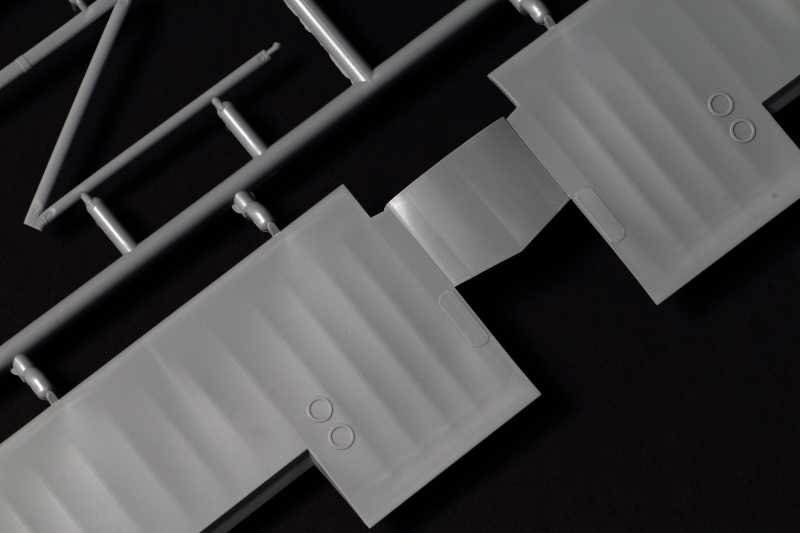
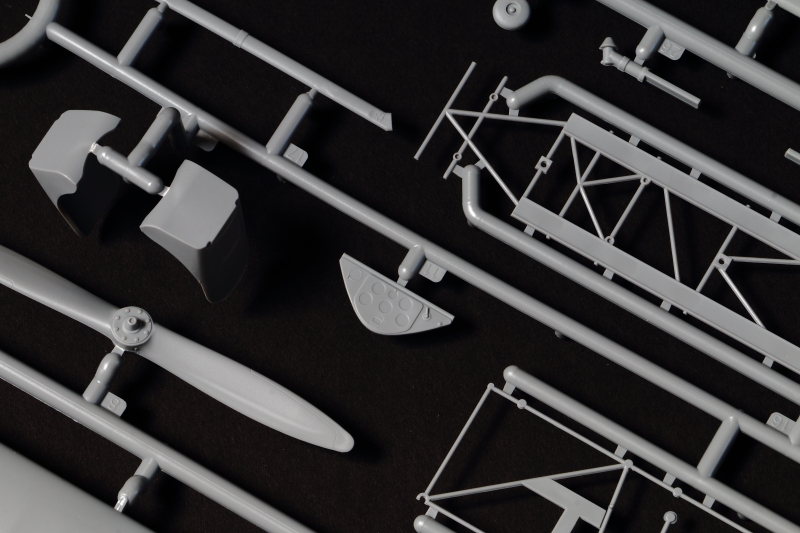
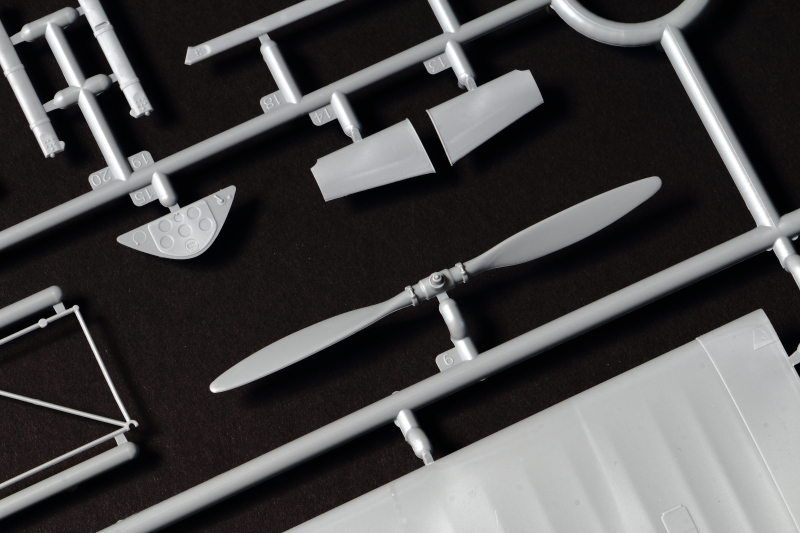
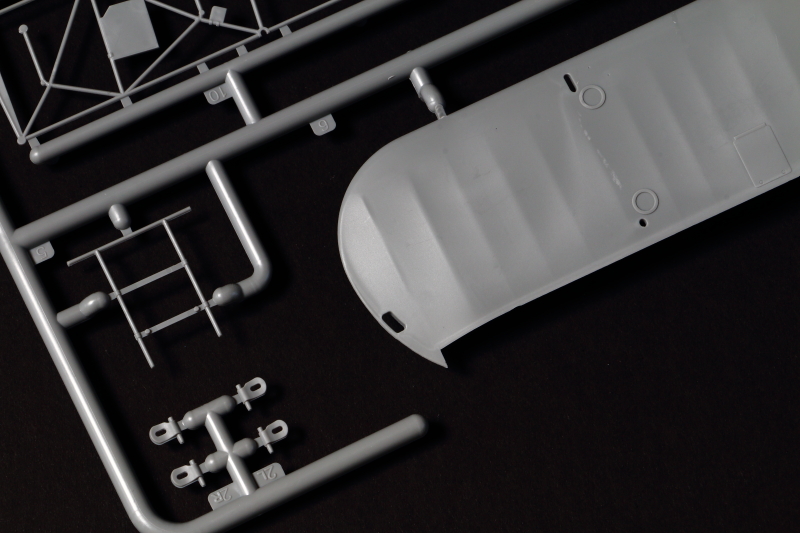
Continental R-670-5 Engine - Sprue D
With this being the main difference between this kit and the forthcoming PT-13, it makes sense for ICM to provide this on a separate sprue. The detail looks good and I'm particularly impressed by the detail on the firewall:
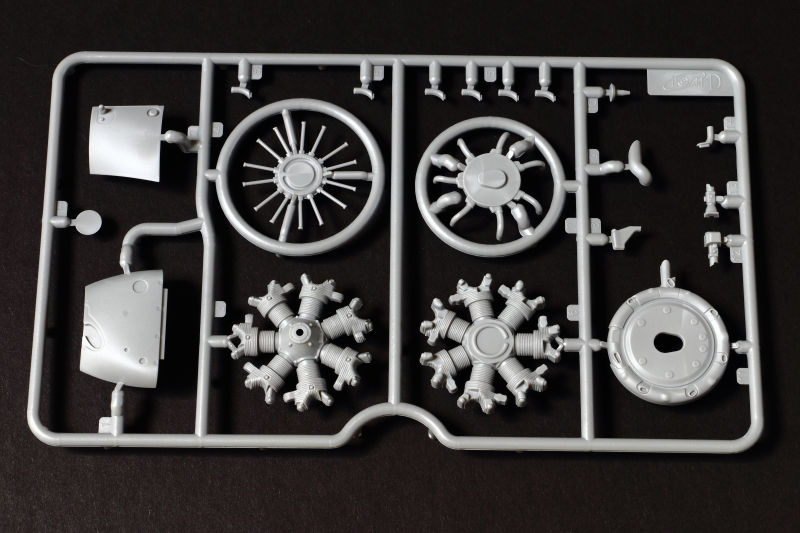
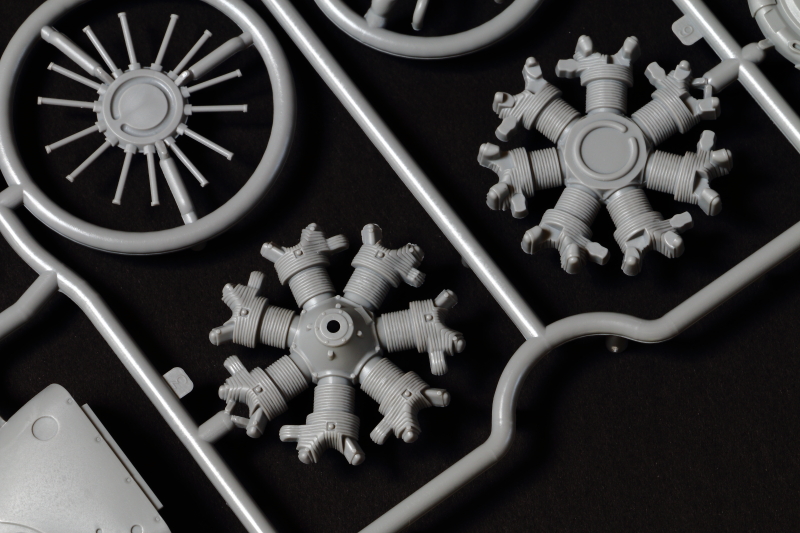
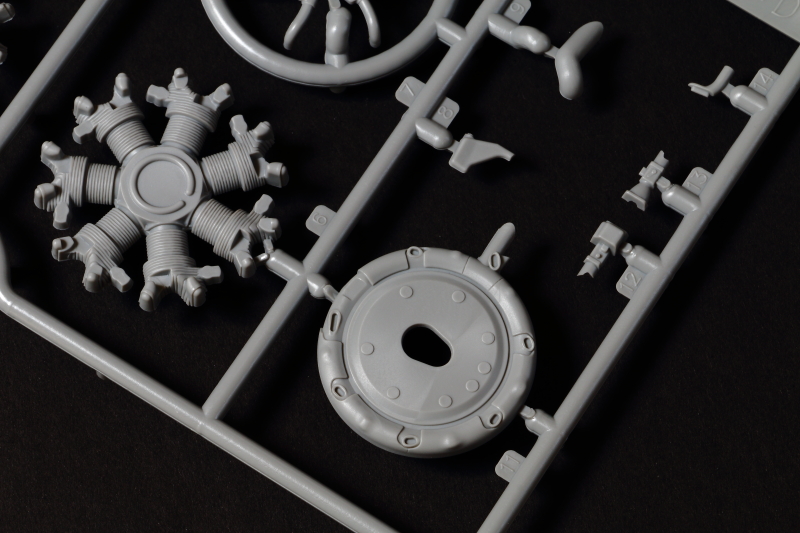
Those so minded might want to add the oil feed pipes between the cylinder heads.
Transparencies
Clear, well shaped and distortion free, these come in a separate re-sealable bag to preven rubbing against other components in transit.
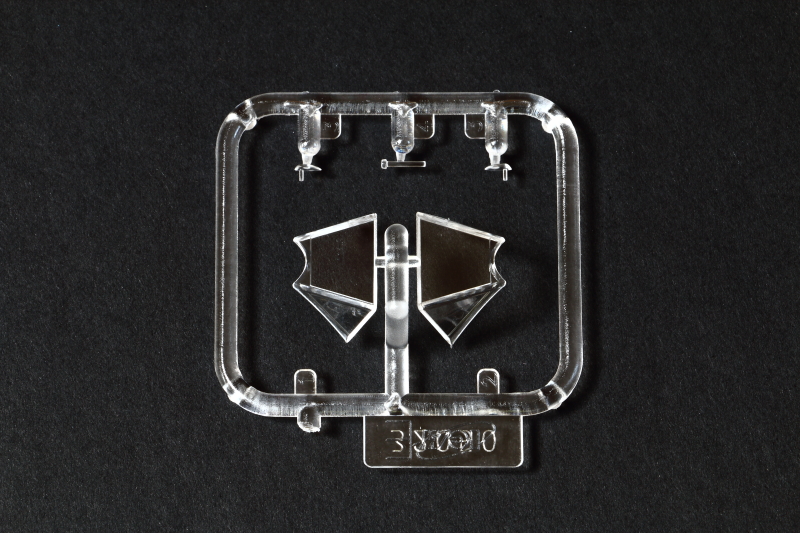
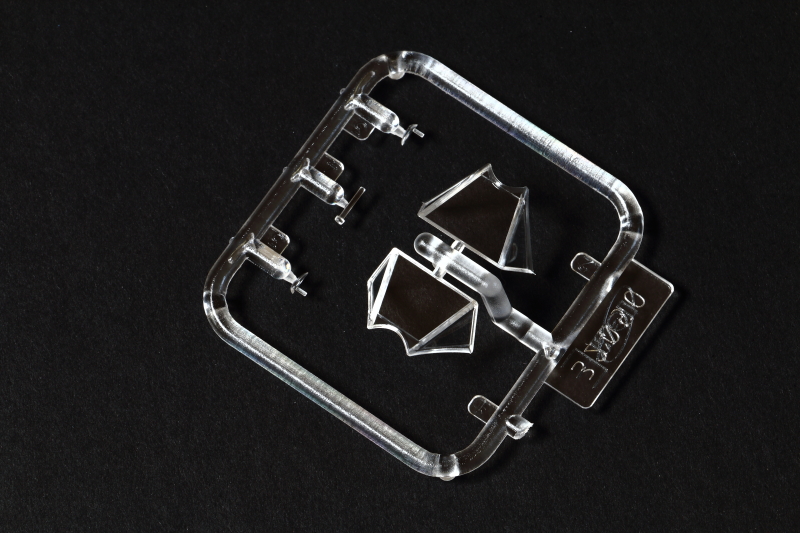
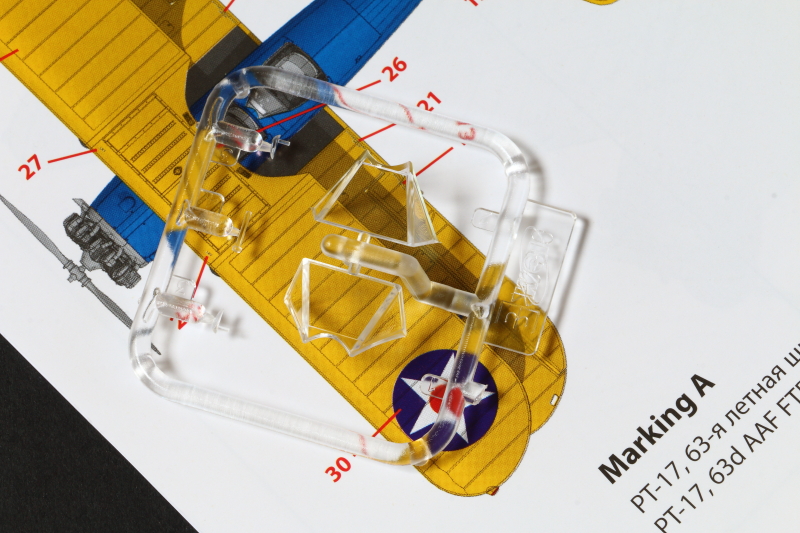
Decals
These look OK - thin and in perfect register - the colours look good to my eyes. The sheet includes instruments, stencil data and propeller manufacturers' logos.

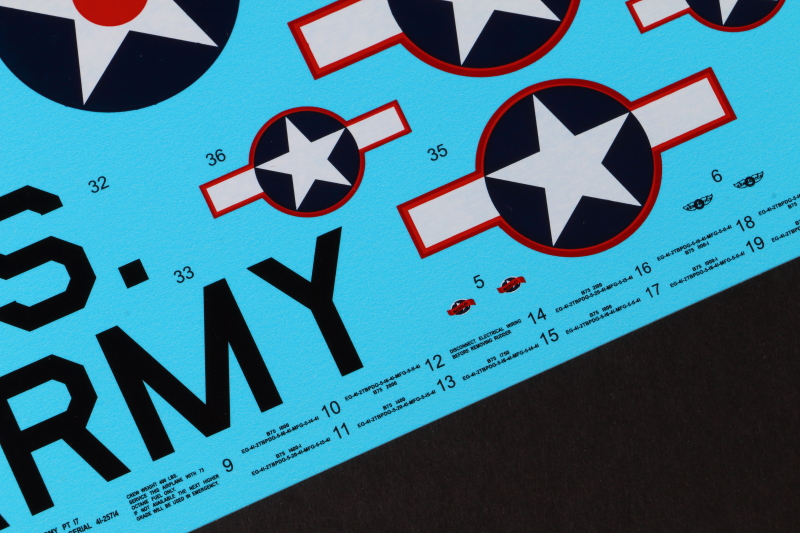
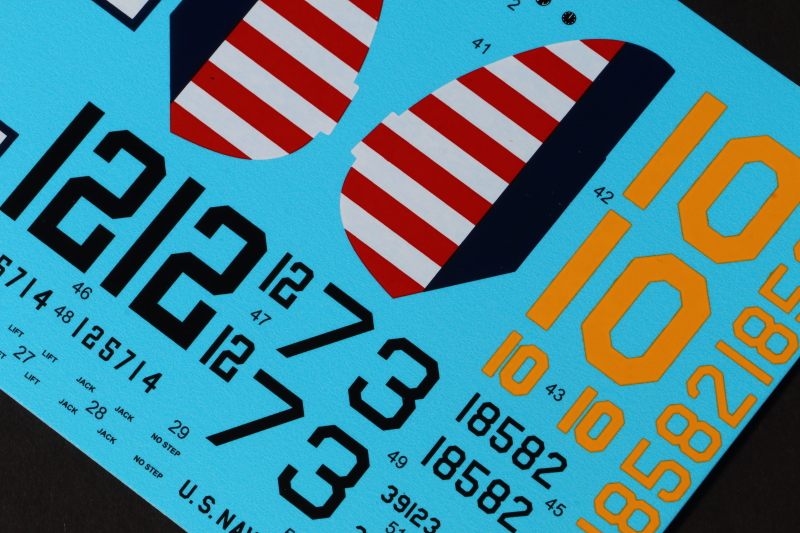
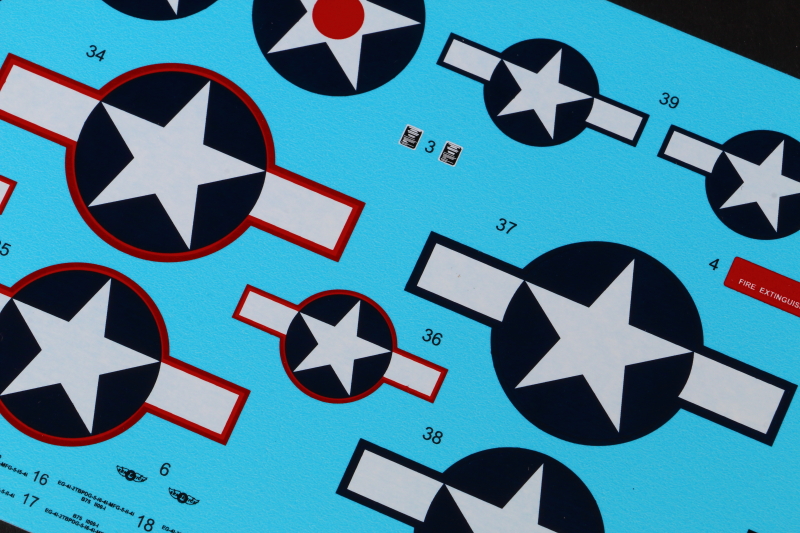
Markings Options
Three options are provided in the kit:
- PT-17 of the 63rd AAF FTD, Douglas, Georgia in 1942, in the yellow and blue scheme
- A WASP PT-17 at Avenger Field, Texas, 1943, in an overall aluminium scheme
- A US Navy N2S-3 in 1944, in a yellow and aluminium scheme
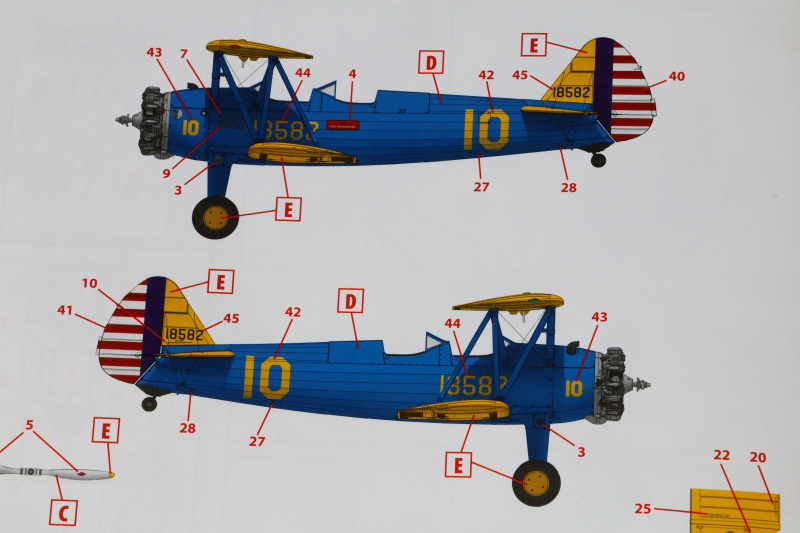
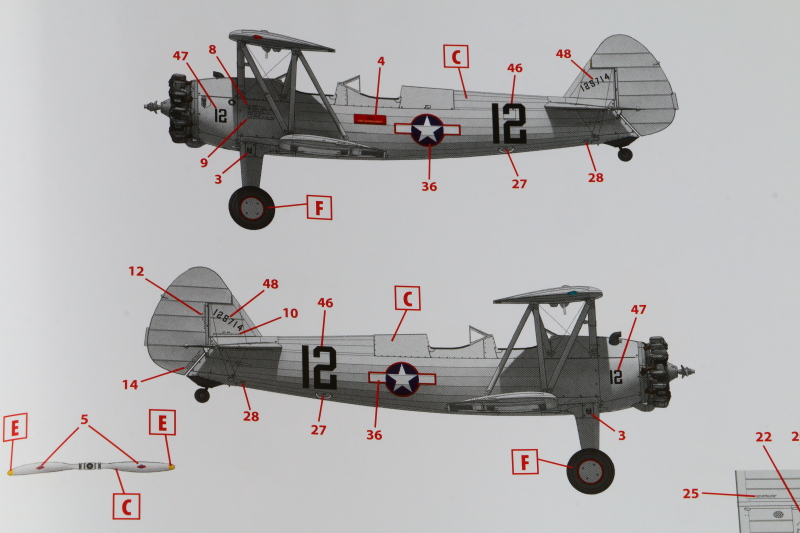

Instructions
ICM's usual fair: clear and concise. The instructions include rigging diagrams and colour call outs are given for Revell and Tamiya colours.
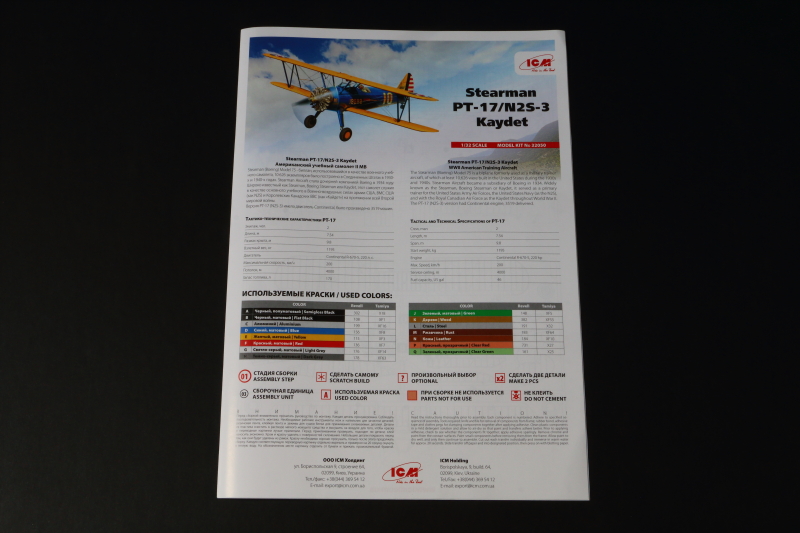
ICM also include a leaflet explaining their replacement parts policy - great to see such a strong customer-care ethos!
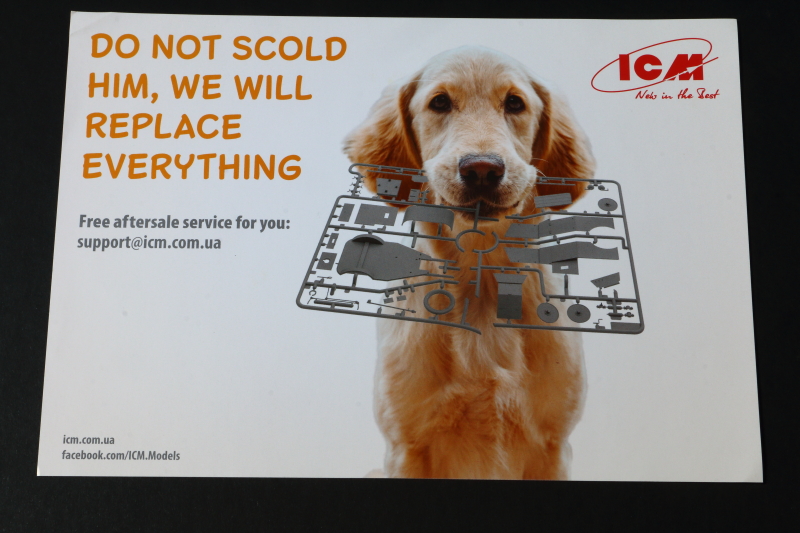
Conclusion
This should be another hit for ICM - beautifully done, cleanly moulded and should be a fun build!
Right, I'm off to see if I can find any differences between the PT-17 and the Canadian PT-27, used to train pilots from the British Commonwealth during the war...
Highly Recommended!
Review courtesy of my wallet.
© Iain Ogilvie 2020
This review was published on Sunday, August 09 2020; Last modified on Friday, October 28 2022

